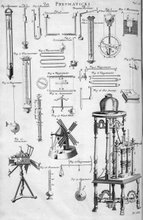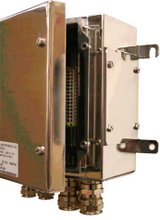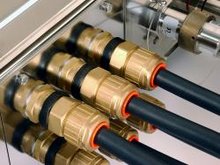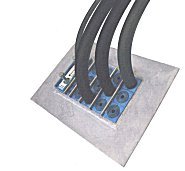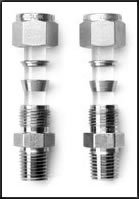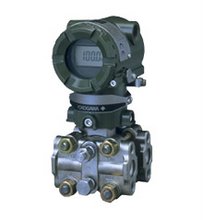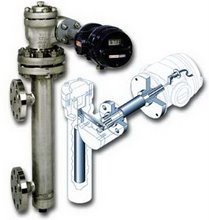1.Corrosion Resistance
GRP/FRP - Excellent corrosion resistance against sea water and most chemical fumes
2.Hot Working
GRP/FRP -No Hot working, all assembly by Nut & Bolts
3.Light weight
GRP/FRP -Sp.gr. 1.9, 1/4th that of steel, even lighter than Aluminum(sp.gr.2.8), just one person required to lift a big size cable ladder, so very easy and fast Installation, saving time and money
4.Fire Retardant
GRP/FRP -Meets most stringent offshore fire resistance norms as per British, ASTM and UL specifications
5.Installation Cost
GRP/FRP -Very low, as lighter in wt hence only one man can lift, and very easy to cut and fabricate at site, thus faster installation and easy site adjustment and modifications
6.Risk of cable damage
GRP/FRP -Very low, as being plastics have much less hardness and even its sharp edges cannot damage a cable
7.High insulation ands Safe
GRP/FRP -No earthing of cable tray is required as it has high Insulation value. In case of any cable stripping, the tray being Insulated is safe for the Humans.
8.Part consolidation
GRP/FRP -As GRP/FRP is extruded section, inbuilt ribs for reinforcement, collars for fixing covers are possible in single section
9.U.V. resistance
GRP/FRP -All GRP/FRP cable Trays are made from very high U.V. additives, in addition to special surfacing Veils for glass blooming prevention, and carbon black for additional U.V protection
10.Antistatic
GRP/FRP - Cable trays are available in antistatic option as well for oil hazardous areas on demand, thus safe even in hydrocarbon atmosphere.
11.First Time COST
GRP/FRP - FRP/GRP cable trays are competitive to SS trays with all above advantages




